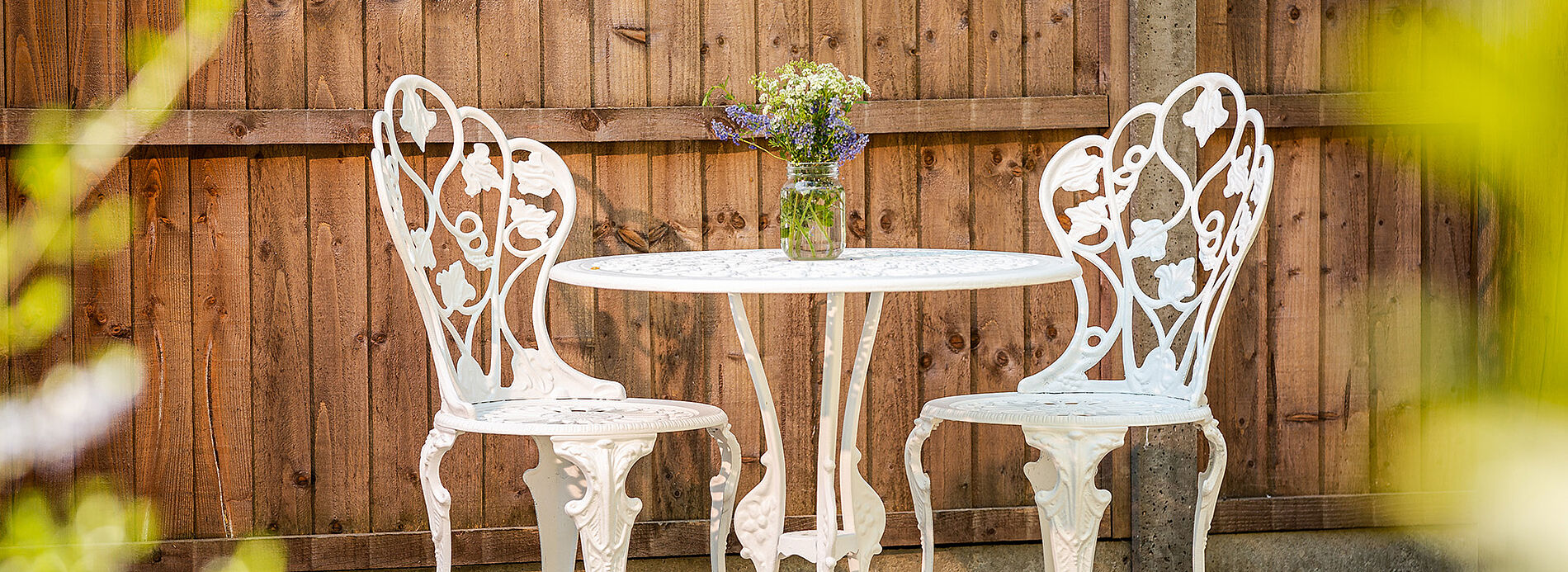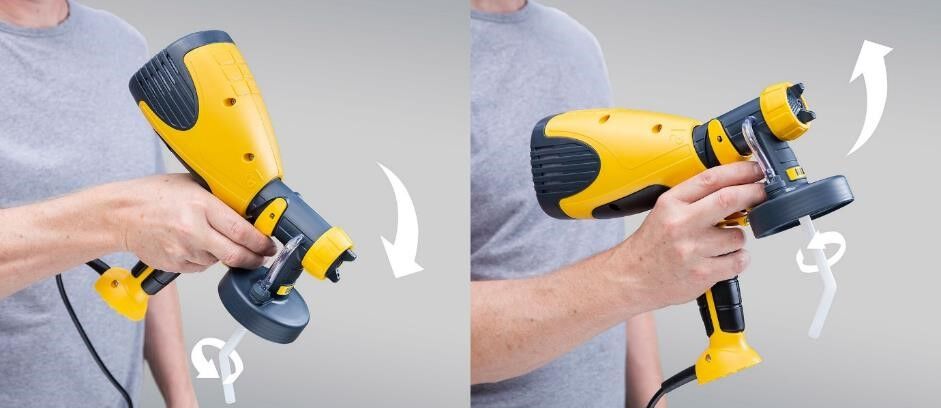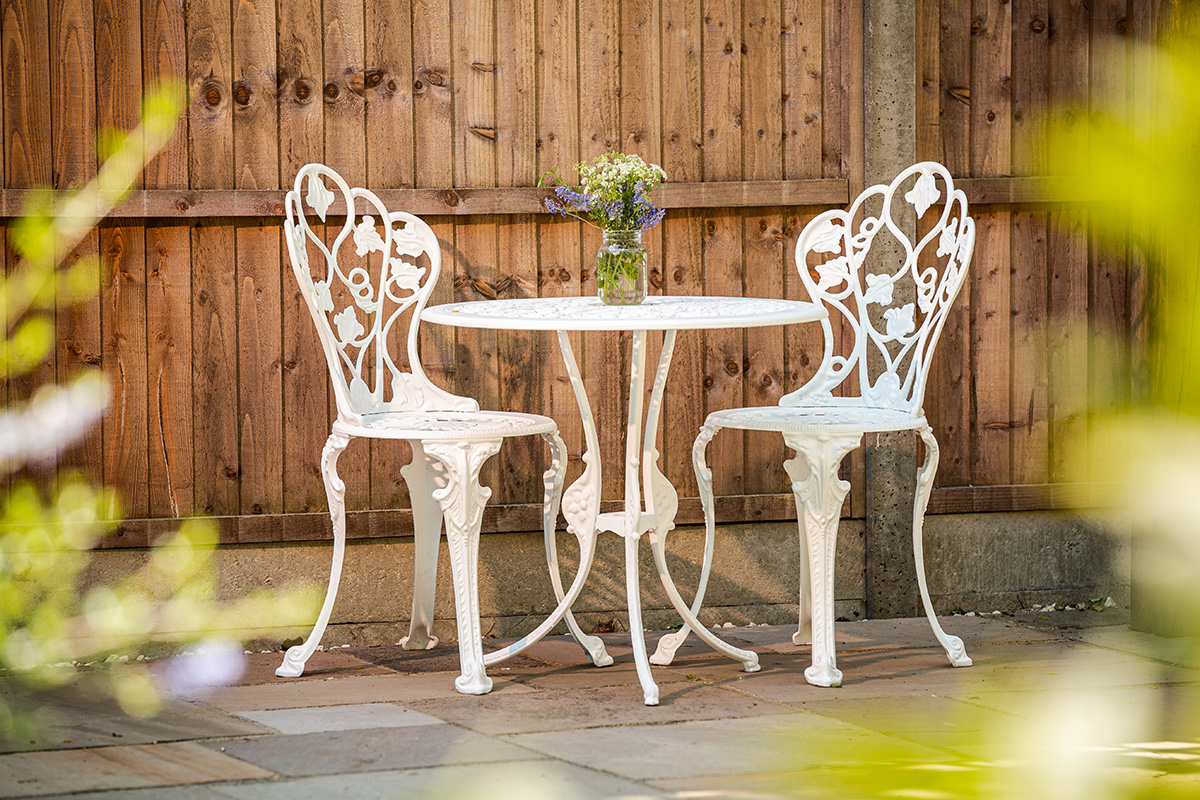Paint metal garden furniture
Garden furniture is both enjoyable to look at and perfect in the summer for an early evening drink or meal. However, if your garden furniture is showing signs of wear and the paint is starting to peel, suddenly, they don’t look quite so inviting. There is an easy solution, with a fresh coat of paint, they can be transformed back to their former glory. Painting them with a brush or roller can be difficult and time consuming but respraying them is quick and easy. We will show you all the steps you need to consider to quickly and easily paint a metal garden table and chairs to make them look like new again.










